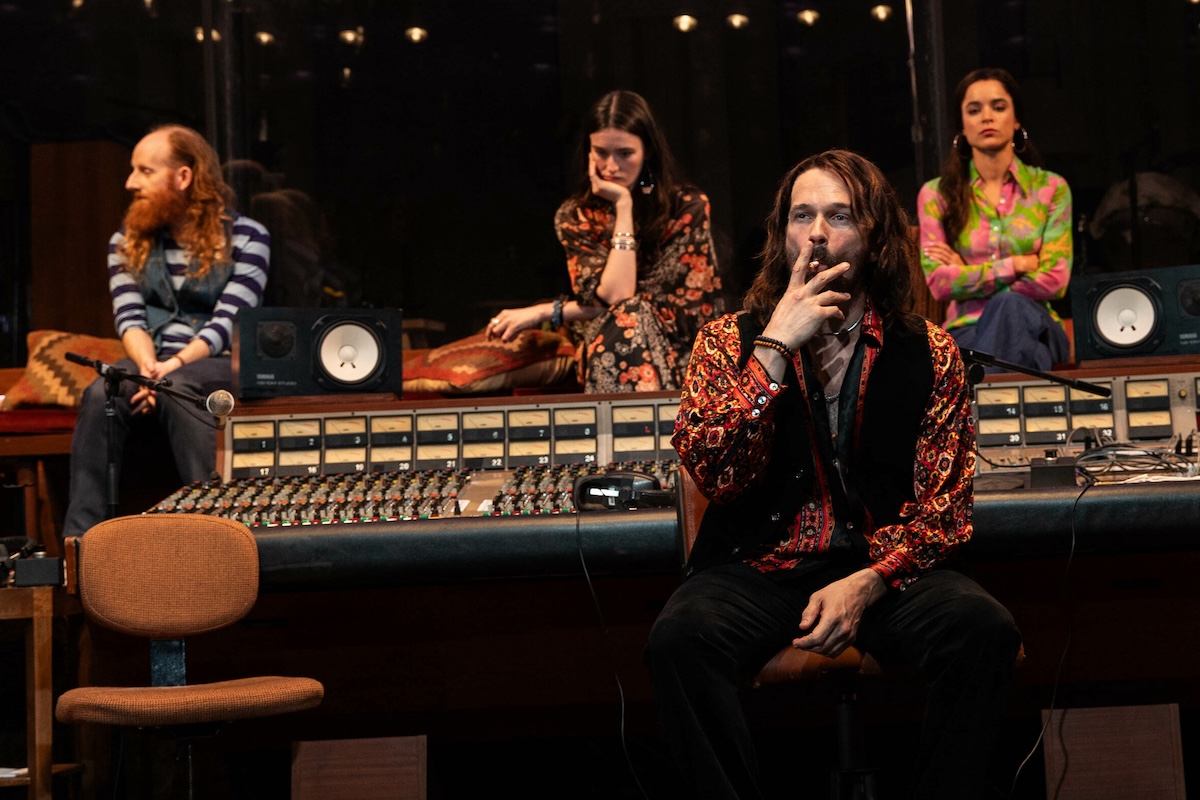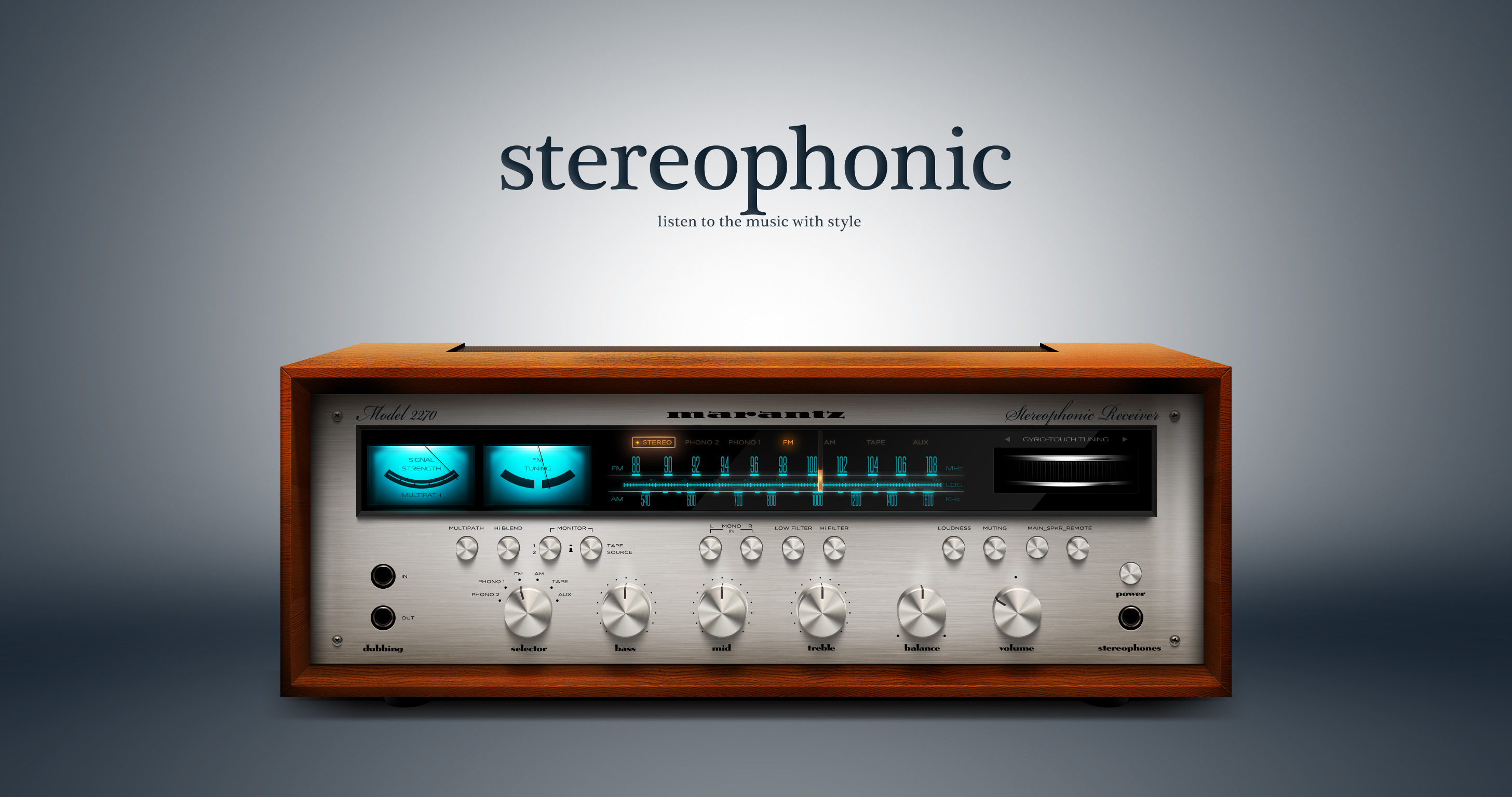Stereophonic Sound Basics
Stereophonic sound is a method of recording and reproducing sound that uses two or more channels to create a sense of spatial perception. This is in contrast to monophonic sound, which uses only one channel and does not provide any sense of spatial location.
Stereophonic sound is created by recording the sound from different points in space and then reproducing it through two or more speakers. The speakers are typically placed at a distance from each other, so that the sound from each speaker reaches the listener’s ears at slightly different times. This creates a sense of space and depth, and allows the listener to hear the sound as if it were coming from a specific location.
Benefits of Stereophonic Sound
There are a number of benefits to using stereophonic sound, including:
- Enhanced spatial perception: Stereophonic sound provides a more realistic sense of spatial perception than monophonic sound. This is because the listener can hear the sound from different points in space, which helps to create a sense of depth and immersion.
- Improved sound quality: Stereophonic sound can improve the overall sound quality of a recording. This is because the use of multiple channels allows for a wider frequency range and a more balanced sound.
- Increased listener engagement: Stereophonic sound can help to increase listener engagement. This is because the listener is more likely to be drawn into the sound and to feel like they are part of the experience.
Types of Stereophonic Sound Systems
There are a number of different types of stereophonic sound systems, including:
- 2.0: This is the most basic type of stereophonic sound system. It consists of two speakers, one for each channel.
- 2.1: This type of stereophonic sound system adds a subwoofer to the 2.0 system. The subwoofer is used to reproduce the low-frequency sounds, which can add depth and realism to the sound.
- 5.1: This type of stereophonic sound system uses five speakers and a subwoofer. The five speakers are placed around the listener, so that the sound can be heard from all directions.
Stereophonic Recording Techniques

Stereophonic recording techniques are used to capture and reproduce sound in a way that creates a sense of spatial realism. This is achieved by using multiple microphones or a stereo microphone to record the sound from different positions, and then reproducing the sound through two or more speakers placed in a specific configuration.
Microphone Techniques
There are a variety of microphone techniques that can be used to record stereophonic sound. The most common technique is the XY technique, which uses two microphones placed close together in a crossed configuration. This technique produces a wide stereo image with a natural sense of depth.
Other microphone techniques include the ORTF technique, which uses two microphones placed further apart in a parallel configuration, and the Blumlein technique, which uses two microphones placed in a coincident configuration with their diaphragms facing in opposite directions.
Challenges of Stereophonic Recording
There are a number of challenges associated with recording stereophonic sound. One challenge is phase cancellation, which can occur when the sound from two microphones arrives at the listener’s ears out of phase. This can result in a loss of low-frequency response and a reduction in the overall clarity of the recording.
Another challenge is balancing the levels of the two channels. This is important to create a natural sense of space and to avoid one channel sounding louder than the other.
Tips for Achieving High-Quality Stereophonic Recordings
Here are a few tips for achieving high-quality stereophonic recordings:
- Use high-quality microphones that are designed for stereophonic recording.
- Experiment with different microphone techniques to find the one that best suits the sound you are trying to capture.
- Pay attention to the placement of the microphones and the distance between them.
- Use a good quality recording interface that has a built-in headphone amplifier.
- Listen to the recording through headphones to check for phase cancellation and balance issues.
Stereophonic Sound Applications

Stereophonic sound has become an integral part of modern entertainment, offering an immersive and engaging audio experience. It is widely used in various applications, including music, film, and gaming, where it significantly enhances the user experience.
In music, stereophonic sound allows for the creation of a wider and more realistic soundstage. By placing instruments and vocals in different channels, it simulates the natural placement of sound sources in a live performance, providing a more immersive and enjoyable listening experience.
Film
In film, stereophonic sound plays a crucial role in creating a cinematic atmosphere and enhancing the viewer’s immersion. It allows filmmakers to precisely control the directionality and movement of sound, creating a more realistic and engaging soundscape that complements the visuals.
Gaming
Stereophonic sound is essential in gaming, as it provides spatial awareness and enhances the gameplay experience. By using headphones or surround sound systems, gamers can accurately locate enemies, obstacles, and other environmental cues, giving them a competitive advantage and a more immersive gaming experience.
Emerging Technologies
Stereophonic sound is poised to play a significant role in emerging technologies such as virtual reality (VR) and augmented reality (AR). By simulating the natural directionality of sound, it can create a more realistic and immersive experience for users, enhancing their interaction with virtual environments.